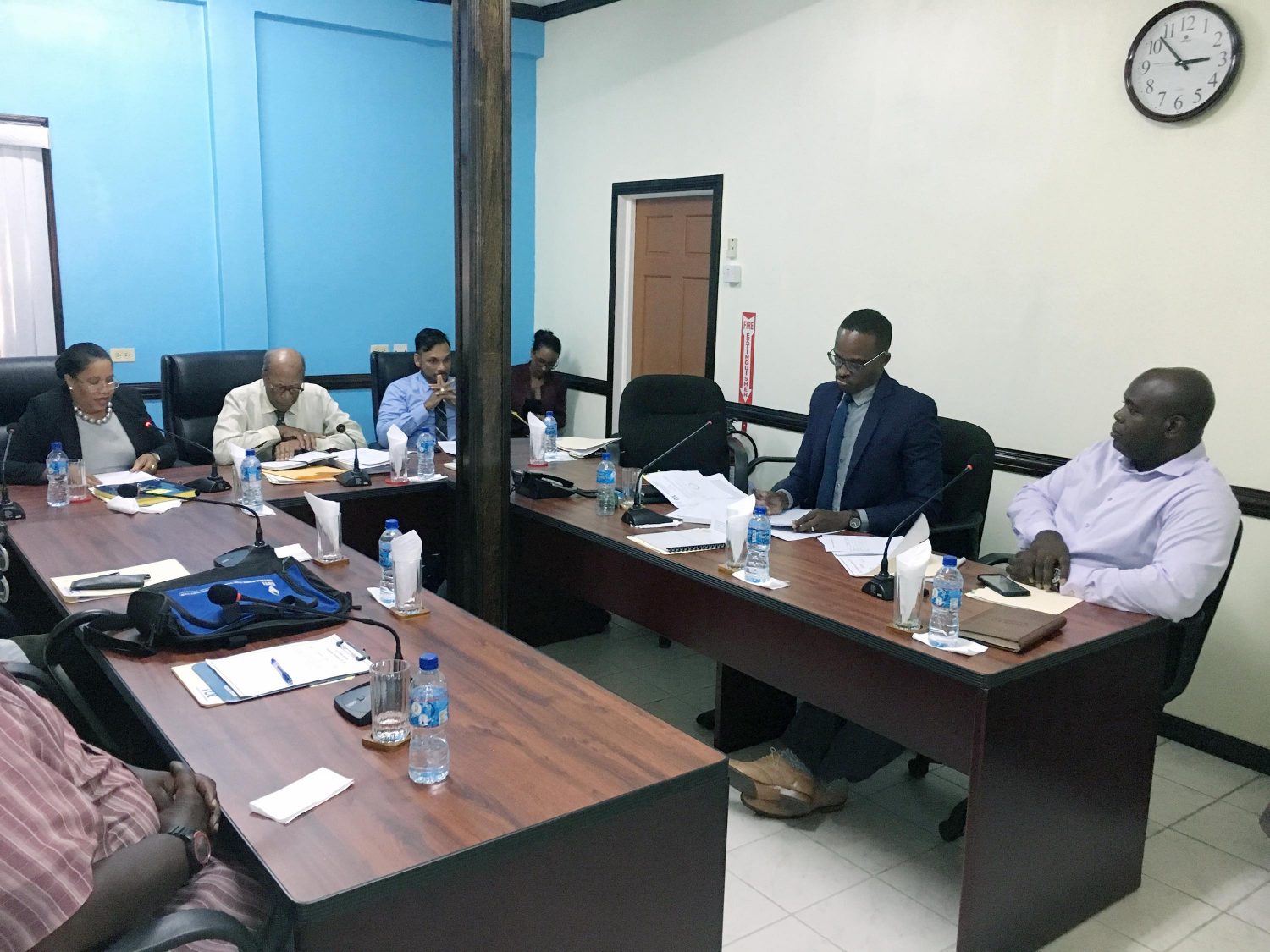The Guyana Telephone and Telegraph Company (GTT) was ordered yesterday by the Public Utilities Commission (PUC) to do more in terms of rolling out new landline service and addressing their fault reports.
In July 2014, the telecommunications company had submitted an application for new rates and a variation of rates which was subsequently dismissed in 2015. The company filed another application in 2016 for a review of the order and was granted new rates, which saw increases and decreases in different categories, along with consequential conditions, which took effect from August 1, 2017.
The company made a further application in August 22 to review two of the consequential conditions – that the company provide a quarterly report and roll out no less than 1,000 landlines per quarter, and to review their response time for fault reporting – which took place on September 7.
While the company had stated that the figure of 19,000 outstanding applicants for landline services was incorrect, it had explained that the number of outstanding applications was approximately 16,000, with 48% of that number being in “un-engineered areas,” while the number of serviceable applications stood at 8,813.
Of the number of applicants in the serviceable areas, the company indicated that it was also plagued with the issues of duplication, relocation, inadequate documentation, migration and death, which would’ve added to the number of applicants which they were unable to provide with landline service.
However, some 1,170 who have met the criteria are waiting to pay their fees, while another 1,770 have already paid and are waiting for their service to be installed, which the company stated could be finished within two quarters. As such, they had requested that the order be amended from 1,000 lines per quarter to 250.
However, Chairman of the Commission, Dela Britton explained to GTT’s CEO, Justin Nedd that the order would be amended and the company would have to submit a quarterly report and appraisal of the progress showing the new services rolled out, inclusive of rural areas, and it should be no less than 350 lines per quarter, 25% of which could be reissued lines.
In terms of remedying reported faults, the company had informed the PUC that they had established a task force with the sole responsibility of addressing fault reporting. GTT had also indicated that they were requesting remedy time frames of seven to ten working days for Georgetown, Greater Georgetown, West and East Demerara; 10-15 working days for Linden and Berbice; and 20-30 working days for Bartica, Kwakwani, Matthews Ridge, Rupununi, West Bank Berbice and West Canje.
However, Britton explained that the decision had been made by the Commission that urban areas and townships will have a waiting period of five working days, suburban and rural areas will have a waiting period of eight working days, and Hinterland areas will have a waiting period of 20 working days.
Chairman of the Guyana Consumers Association, Patrick Dial had also indicated that GTT’s response time to faults has fallen tremendously, as compared to several years ago.
Similarly, a quarterly report is to be submitted on fault reports received and executed.
“There appears to be such a need for the service. It is noted that the Commission views that GTT has been sporadic in its rollout of landline services around the country, particularly in the rural areas,” Britton said.
Nedd also indicated that the company plans to introduce new technology that will make identifying the faults and fixing them much easier and faster.





